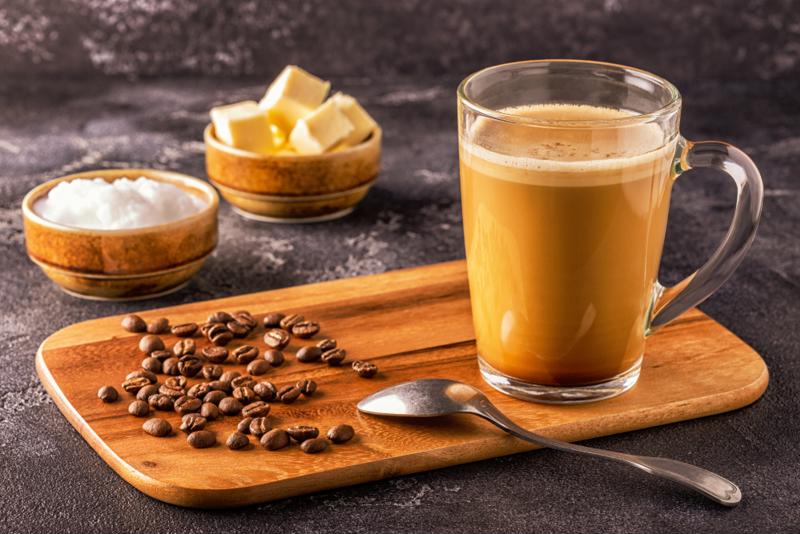Have fatty foods been left out to dry? Hardly, say Whole Foods, Trader Joe’s and the masses of people subscribing to the Ketogenic diet, paleo and veganism.
After years of embracing low-fat and “lite,” the pendulum has swung back the other way. Low-fat is out, and fatty is in. This doesn’t necessarily mean it’s time to pile on the grease, as there’s a little bit more to fat’s newfound acceptance than meets the eye. The shift speaks to dieting trends and the types of foods people are drawn to today. Austin culinary school students don’t have to go rewriting their menus just yet, but it’s worth understanding why fat is having its moment in the sun and what this means for dieting and eating habits in the future.
‘Phat fats’ and other curiosities
Several food trends have led to people embracing low-carb, high-fat foods in recent years. These include grain-free, vegan, paleo, “pegan” (a portmanteau of paleo and vegan) and keto diets. For those who don’t know, paleo is a diet based primarily on meat, fish, vegetables, fruit and other foods believed to have been consumed by early humans. Most dairy, grains and processed foods are off the table.
Keto, meanwhile, espouses the replacement of carbohydrates with fats. The goal is to put your body in a state of ketosis, whereby your metabolism becomes highly efficient at burning fat for energy. The keto diet is also supposed to turn fat into ketones in the liver, which supposedly supplies more energy to the brain. Meat, fish, low-carb vegetables, nuts, healthy oils, and butters and creams are fair game. Sugary foods, starches, fruit, root vegetables, unhealthy fats (vegetable oils), foods marketed as “diet” or “low fat,” sugar-free diet foods, beans and alcoholic beverages are no-nos.
Perhaps the biggest affirmation for the popularity of high-fat diets came from Austin-based Whole Foods, which has recently called “Phat fats” one of its biggest anticipated trends of 2019. The company started marketing products that include “keto-friendly nutrition bars crafted with MCT oil powder, coconut butter–filled chocolates, snacks affectionately called “fat bombs” and a new wave of ready-to-drink vegan coffee beverages inspired by butter coffees.” Similarly, list-type articles about keto-friendly foods that you can find at Trader Joe’s have inundated the web.
 Grass-fed butter coffees have become more more popular in recent years.
Grass-fed butter coffees have become more more popular in recent years.Part of a bigger trend toward ‘quality’ foods?
There’s a bigger reason that fatty foods are in right now, one that transcends the dieting craze du jour: A greater focus on unprocessed, whole foods. The idea of counting calories is becoming increasingly moot as more health experts like Dariush Mozaffarian, dean of the Friedman School of Nutrition Science and Policy at Tufts University, speak up in favor of the quality and health of food over fat content.
“It’s much better to have 1,000 calories of healthy food than to have 600 calories of unhealthy food,” Mozaffarian told PRI.
Case in point, popular processed cheese brands like Kraft and Velveeta are expected to see declines in sales this year as millennials abandon good old-fashioned American cheese in favor of less processed cheese products.
The shift toward high-calorie whole foods has also led to some counter-intuitive crazes. For instance, butter coffee involves melting butter inside your morning cup of joe. It sounds unhealthy, but the ideas is that a tablespoon of grass-fed butter and one tablespoon of medium-chain triglyceride (MCT) oil elongate your energy spike and leave you feeling full for longer.
Dark chocolate is also fair game in keto and other similar diets, as long as the content is a minimum of 70 percent cocoa and any added ingredients (e.g., peanut butter) are all natural.
These are just a few examples of the types of whole food–type ingredients we expect to be prominent in the culinary arts in Austin, and elsewhere in the years ahead.


